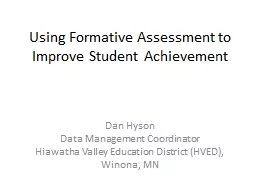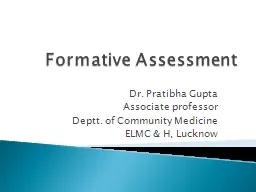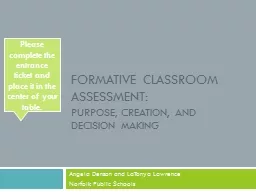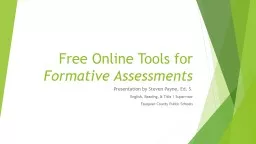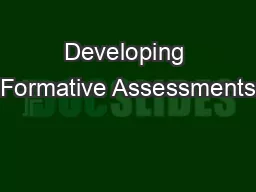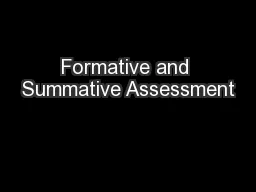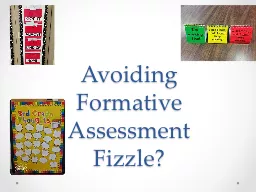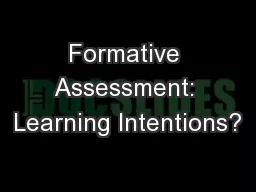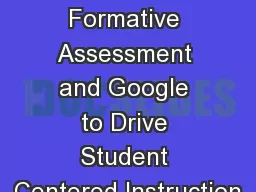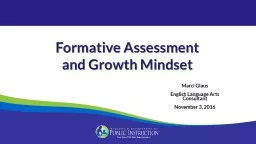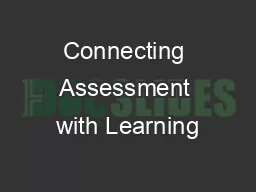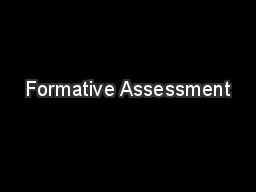PPT-Using Formative Assessment to Improve Student Achievement Dan
Author : tatiana-dople | Published Date : 2019-11-01
Using Formative Assessment to Improve Student Achievement Dan Hyson Data Management Coordinator Hiawatha Valley Education District HVED Winona MN Agenda Review agenda
Presentation Embed Code
Download Presentation
Download Presentation The PPT/PDF document "Using Formative Assessment to Improve St..." is the property of its rightful owner. Permission is granted to download and print the materials on this website for personal, non-commercial use only, and to display it on your personal computer provided you do not modify the materials and that you retain all copyright notices contained in the materials. By downloading content from our website, you accept the terms of this agreement.
Using Formative Assessment to Improve Student Achievement Dan: Transcript
Download Rules Of Document
"Using Formative Assessment to Improve Student Achievement Dan"The content belongs to its owner. You may download and print it for personal use, without modification, and keep all copyright notices. By downloading, you agree to these terms.
Related Documents

